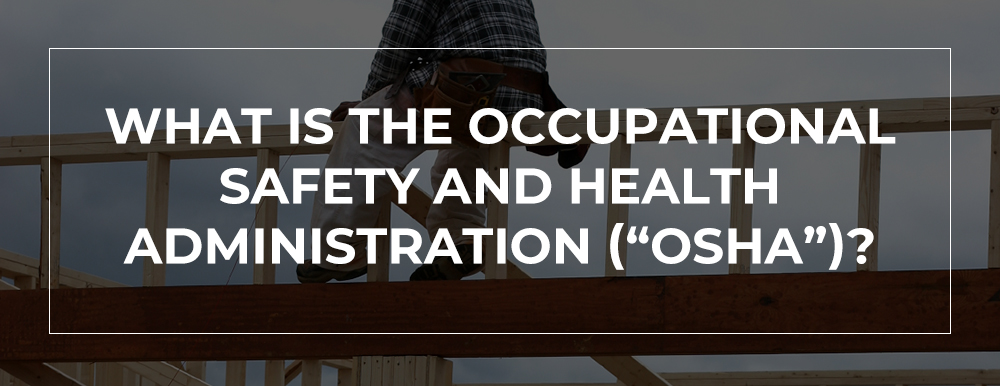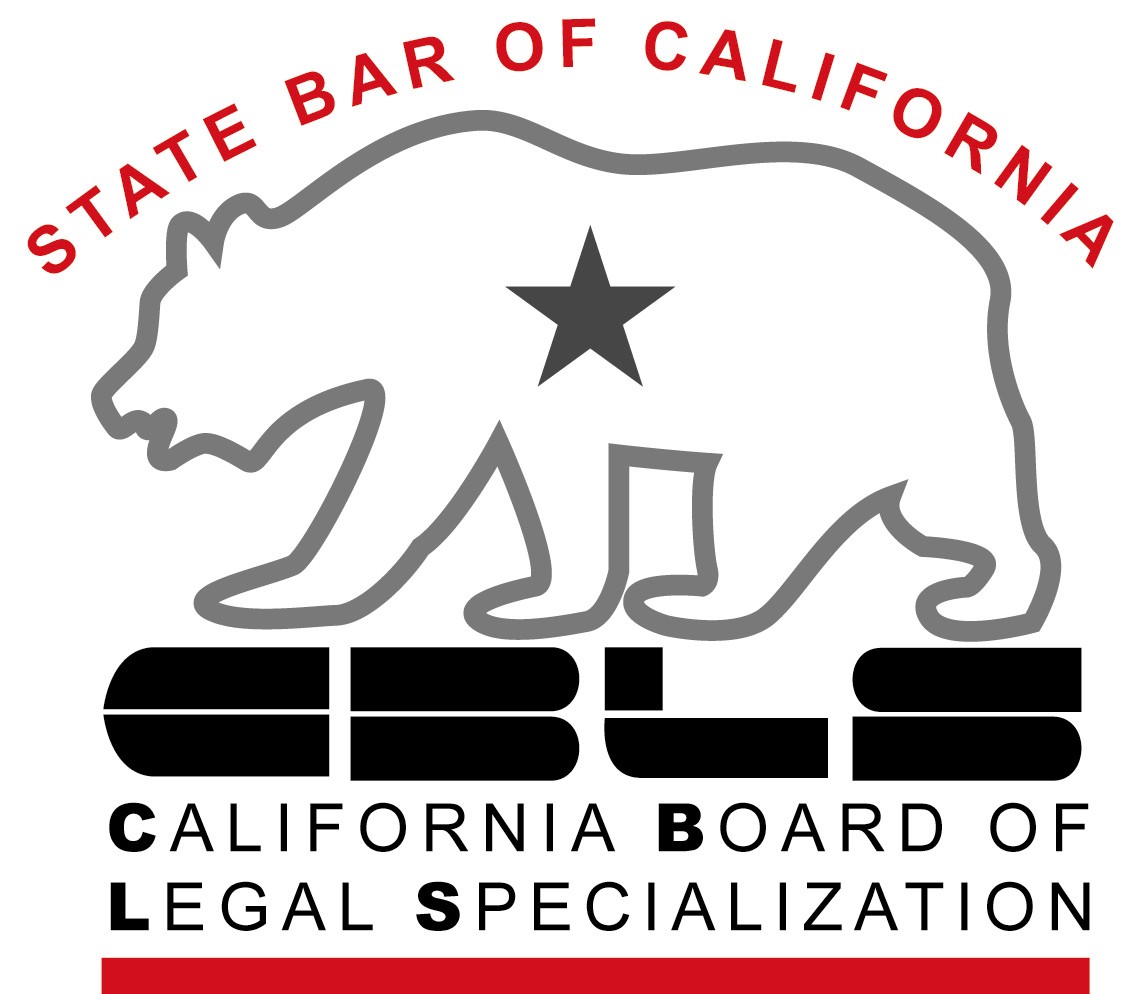Speak To Attorney Now
(916) 930-9675SPEAK TO ATTORNEY NOW(916) 930-9675
Speak To Attorney Now
(916) 930-9675SPEAK TO ATTORNEY NOW(916) 930-9675

The act was signed into law by Richard Nixon on December 29, 1970, and it set federal rules and regulations to inform employees of on the job hazards, and ensure that employers do everything in their power to make the workplace safer. OSHA is an agency of the United States Department of Labor and is responsible for enforcing the guidelines that it creates. Compliance Safety and Health Safety officers are the backbone of the agency and they conduct inspections and investigations of workplaces to ensure compliance. OSHA randomly schedules inspections, which are usually planned for worksites in particularly hazardous industries, but a site inspection can also be triggered by a workplace fatality, multiple hospitalizations, worker complaints, or business partner referrals. Inspections are conducted without advance notice by trained compliance officers who utilize a combination of telephonic, electronic, and on-site inspection techniques.
This has been a heated debate since the agency’s creation! The statistics show that OSHA really has helped increase workplace safety, but the problem of workplace danger is far from solved. OSHA is a small agency given the size of its mission – the organization has approximately 2,400 inspectors that completed 83,000 inspections in 2012. That may seem like a lot, but when you take into account the fact that there are over 8,000,000 workplaces and 130,000,000 workers that fall under the agency’s jurisdiction, the inspections completed only account for a small percentage of the total.
Although arguments are made that OSHA is less effective than it could be, the agency does a lot of good for our country’s laborers, and below you will find a list of some important regulations that the agency enforces.
If you witness or suspect an OSHA safety violation at your place of employment it is imperative that you file a complaint with OSHA – your health and safety and the health and safety of your fellow employees count on it! If you have been injured on the job and suspect it is the result of a safety violation that could have or should have been corrected, please do not hesitate to contact the Sacramento workers compensation attorney at this law firm. We have extensive experience securing just compensation for worker’s injured on the job. Call our Sacramento Workers Compensation attorney for a free consultation today!

Give us a call at (916) 930-9675 to speak with a Sacramento Workers Compensation Lawyer now.

There was excellent communication. If I didn’t understand something, Adam explained it. I was informed of what to be expected as the case was moving along. Very satisfied with the service.

I am very pleased with the services provided by Mehlhop & Vogt. The firm knows what they are doing and gets stuff done! I always felt respected and cared for. Adam always answered my questions right away and with great detail.

I liked the way Mr. Mehlhop handled my case, he was very professional at all times. I feel like he did the best he could considering my wages.